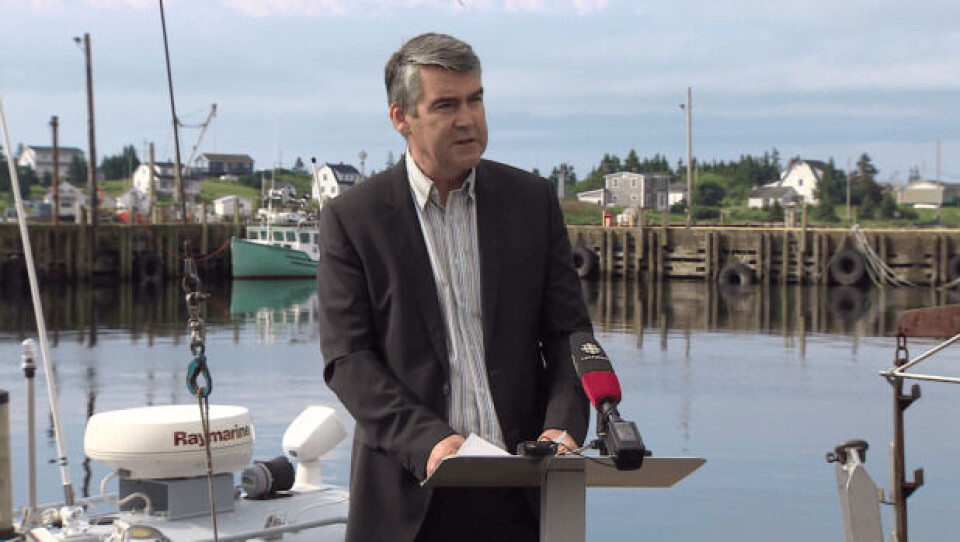
Watershed for Nova Scotia
The Nova Scotian Government has committed nearly $3 million in funding for the province's aquaculture industry, while simultaneously ending a moratorium on applications for new trout, shellfish and seaweed sites - providing a twin boost to the region's aquaculture industry.
The province's Premier Stephen McNeil and Fisheries and Aquaculture Minister Keith Colwell announced the $2.8 million investment on Wednesday - which is set to produce more industry jobs for Nova Scotians, as well as remove the freeze on applications for shellfish, marine-plant and trout farms.
This means the approximately 70 primary producers waiting in line to expand operations in the province can now apply for leases. Aquaculture Association of NS (AANS) Executive Director Tom Smith said it also means out-of-province investors he’s spoken with have the green light to apply.
“The Nova Scotia aquaculture industry is set for a new chapter of growth that will add good quality jobs and prosperity for our province, while ensuring the sustainability of our resources for future generations,” said Smith.
However, salmon producers will have to wait before new applications will be accepted.
$2 million of the investment has been provided to research projects which will examine the interactions between the environment and farm sites.
Application guidelines
New regulations have been set out for applications in order to ensure the proposals are sustainable. After an option to lease is granted, the applicant has six months to prepare an application which identifies environmental and technical impacts. It is then reviewed by the department and an independent board, as well as possible consultation with the Office of Aboriginal Affairs. The application will also be put through a public hearing, then it will either be approved, receive approval with conditions or be rejected by the review board.
The process takes approximately 18 months for marine applications from proposal to approval or rejection. Owners of inactive marine sites are also being consulted about whether they want to continue their leases.
Colwell added the province will look at realigning those salmon farms which are causing concern to residents.
Though the new regulations are stricter than before, Smith said the changes will benefit the industry.
“From our perspective, clear, transparent regulations that lay the framework for where we want to take this industry are the engine that will drive the industry,” said Smith.
Criteria for growth
There is no word yet how many new sites could be established. But Colwell said they have been conducting water studies to find suitable land, and there are two overarching factors to be considered before approving any applications.
“We want to make sure that if someone’s going to do the investment here, number one, it’s good for the environment and number two, that they can succeed and make money at the operation to help grow the Nova Scotian economy,” said Colwell.
The investment is also the first for the Department of Fisheries and Aquaculture in more than 20 years.
Though he didn’t give an exact number, Colwell said the funding would help create hundreds of high-paying jobs, pay for research and development and improve the overall industry.
McNeil said he hopes the investment and opening leases only for certain species will help build confidence with communities who may have concerns with the industry.
“This is really about gaining their confidence that we’ve done the hard work,” said McNeil.
“We believe Nova Scotians are reasonable people (and) they will recognize that that’s happened. The industry has a role to play to make their investments but to also make sure they’re communicating with their neighbours who are around their sites.”
The aquaculture sector in NS is worth approximately $60 million a year to the economy and supports 600 direct jobs.






















































